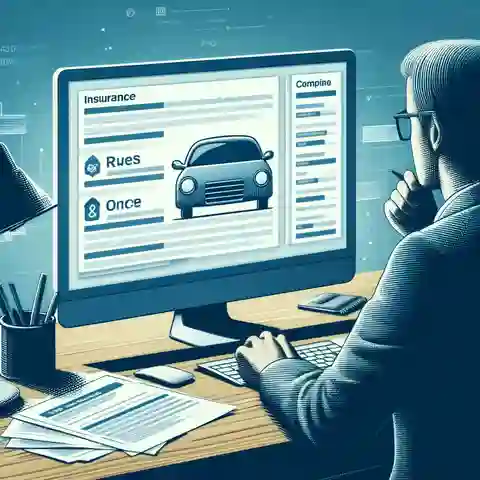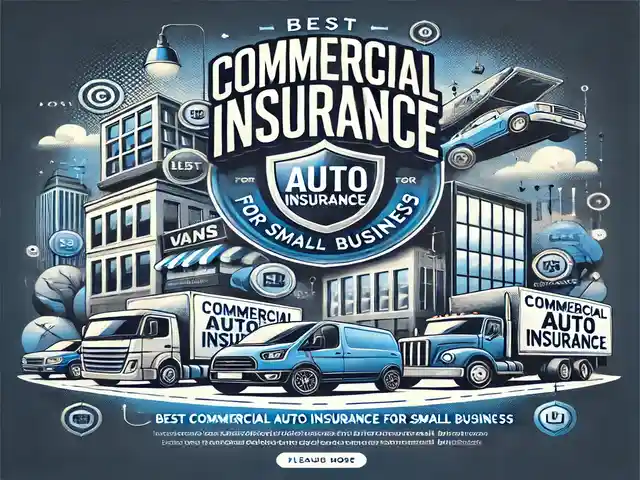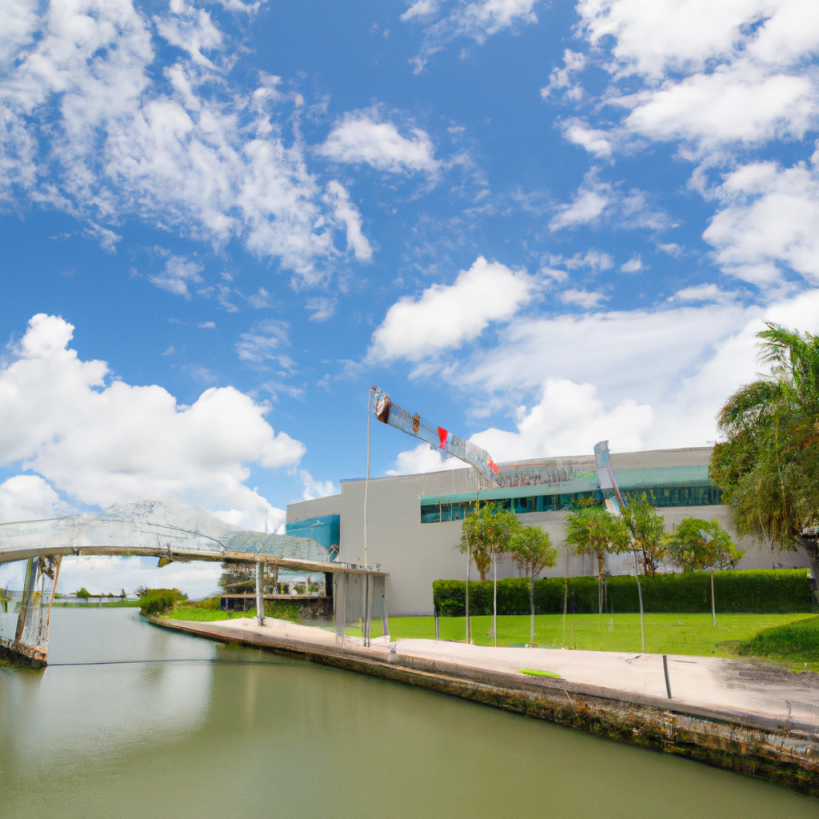Driving in sunny South Florida has its perks but also comes with unique challenges like finding South Florida Car Insurance. With its busy roads, unpredictable weather, and special laws, it’s no surprise insurance premiums in South Florida are often higher than in many other places. But don’t worry – being prepared and knowing your options can help you score the best deal!
Why Does it Cost So Much?
Think of it like this:
- Packed Highways: South Florida is super crowded! More cars on the road mean a higher chance of fender benders or even big crashes. Insurance companies know this and charge more to cover the extra risk.
- Wild Weather: Hurricanes and tropical storms love to visit Florida. All that wind and rain can really mess up a car. Insurance companies have to charge enough to cover flood damage, broken windshields, and all sorts of car troubles caused by storms.
- Confused Tourists: Tourists are awesome for Florida, but some aren’t used to our roads or how we drive. They might hesitate, change lanes unexpectedly, or get lost – all things that can sadly lead to accidents. This extra risk gets factored into those insurance prices.
- Florida’s Special Laws: Florida has a kind of insurance called “no-fault.” The good part is that if you get hurt, your own insurance quickly pays for some of your doctor bills, even if the accident wasn’t your fault. But, it also makes the system more complicated, and sometimes people try to cheat to get more money. This means insurance companies have to charge a bit more to cover everything.
Must-Have Insurance in South Florida

PIP (Personal Injury Protection): Your Post-Accident Safety Net
- How it Works: Think of PIP as your financial cushion after an accident. It kicks in to cover a significant chunk of your medical bills (usually up to 80%) and a portion of lost wages (usually around 60%) within certain limits. The best part? It covers you regardless of who was at fault in the accident.
- Why It Matters: Florida is a no-fault state, which means lawsuits for minor injuries are often restricted. PIP ensures that you receive prompt medical care without worrying about a drawn-out legal battle.
PDL (Property Damage Liability): Protecting Others (and Yourself)
- How it Works: If you cause an accident that damages someone else’s car or property, your PDL coverage steps in to pay for the repairs. This protects you from being sued for those expenses out of your own pocket.
- Why It Matters: Accidents happen, and even a minor fender bender can get costly. PDL provides mandatory financial protection for both you and the other driver involved.
Important Notes
- Minimum Limits: Florida mandates minimum amounts of $10,000 for both PIP and PDL coverage. However, with healthcare costs and vehicle prices, these minimums often prove insufficient, so experts suggest increasing them if possible.
- PIP’s “Emergency” Catch: While PIP generally provides broad coverage, there’s a catch – you may only receive limited coverage (sometimes as low as $2,500) if your injuries aren’t classified as an “emergency medical condition.”
Extra Coverage for Extra Protection

Florida law only requires a few basic types of car insurance. But you might want to think about adding extra coverage for even better protection. Here’s what these extra types of insurance do:
Collision: Fixing Those Dings and Dents
- What it does: If you get in a crash – whether it’s with another car, a mailbox, or a tree – collision coverage helps pay to fix your car. You just pay a smaller amount called a deductible.
- Why it’s cool: Even careful drivers have accidents sometimes. This helps you avoid paying a huge repair bill all by yourself.
Comprehensive: When Bad Stuff Happens
- What it does: This is like a safety net for things other than crashes. If your car gets stolen, smashed by a falling tree, or even damaged in a flood, comprehensive steps in.
- Why it’s cool: Life throws you curveballs. This insurance helps you handle those surprises without going broke fixing your car.
Bodily Injury Liability: Big Accidents, Big Protection
- What it does: If you cause an accident that seriously hurts someone, this coverage helps pay their medical bills and other costs. It can even help with legal bills if they sue you.
- Why it’s cool: The basic insurance Florida requires isn’t always enough after a major crash. This helps protect your money and savings if the worst happens.
Uninsured/Underinsured Motorist (UM/UIM): When Other Drivers Mess Up
- What it does: Sadly, some drivers hit the road without enough insurance (or any!). This coverage helps if one of them crashes into you. It’s like a backup for your medical bills and fixing your car.
- Why it’s cool: This coverage gives you peace of mind, knowing you’re protected even if someone else makes a bad decision.
Things to Think About
- Cost vs. Protection: Extra coverage means you’ll pay more each month. You need to decide what fits your budget.
- Deductibles: This is the amount you pay out of pocket before insurance kicks in. A higher deductible lowers your monthly bill but means you pay more if you have to use your insurance.
Tips for Saving Money

- Compare, Compare, Compare: Get prices from several companies!
- Ask About Discounts: Good drivers, students, or bundling home and auto can save you cash.
- Higher Deductible: Paying more upfront lowers your monthly bill (but be ready for a bigger hit if you have an accident).
- Drive Safe!: The cleaner your record, the better your rates.
- Track Your Mileage: Some companies offer discounts to people who drive less.
Who’s Got the Best Deals?

Companies to Consider
It’s important to note that no single company is the “best” for everyone in South Florida. Here’s a starting point for your research:
Big National Names:
- Geico: Often has competitive rates
- Progressive: Known for lots of online tools and customization
- State Farm: Large network of agents for in-person help
- USAA: Excellent option if you or a family member are in the military (or were)
Florida Specialists:
- Citizens Property Insurance Corporation: Sometimes seen as a “last resort” if you struggle to get coverage elsewhere.
- Florida Peninsula Insurance Company
- Universal Property & Casualty
The Super Important Disclaimer:
The cost of car insurance depends on tons of things about YOU:
- Your driving history (accidents or tickets make it go up)
- Your age (younger and older drivers sometimes pay more)
- Where in South Florida you live (some cities are riskier than others)
- The kind of car you drive (fancy cars cost more to fix)
- How much coverage you want (more protection = higher price)
The Best Way to Find YOUR Best Deal: Get quotes from several different companies to compare!
The Takeaway
Finding good South Florida car insurance isn’t rocket science but does take some homework. Understand what you need, shop smart, and you’ll find a policy that fits both your wallet and your peace of mind.
FAQs
Q: I’m a good driver – why are my rates still so high in South Florida?
A: While your driving record is important, South Florida rates are influenced by other factors out of your control. The region’s traffic density, weather risks, tourist influx, and the no-fault system all contribute to higher average premiums.
Q: Do I need extra coverage if I have an older car?
A: It depends. If your car’s value is low, the cost of collision and comprehensive coverage might outweigh the benefit. However, bodily injury liability and uninsured/underinsured motorist are always worthwhile, regardless of your car’s age.
Q: How does Florida’s no-fault system actually affect my insurance?
A: It limits your ability to sue for minor injuries and means your own insurer will handle more claims initially. This can lead to higher claim volume for insurance companies, which influences overall costs in the state.
Q: Are there any discounts specific to South Florida drivers?
A: Yes! Some insurers offer hurricane preparedness discounts (for having a safe place to park your car during a storm) or discounts for drivers who primarily use their cars for pleasure rather than long commutes. Always ask about potential discounts!
Q: If I’m a snowbird, how does my insurance work?
A: You’ll need to notify your insurer about garaging your car in Florida for extended periods. Some companies might offer adjusted policies or special rates for part-time Florida residents.

A renowned expert on tea parties, holds a deep understanding of the South Florida tea party scene and has extensive knowledge about tea parties across the globe.
With a rich background spanning several years, they have immersed themselves in the traditions, nuances, and cultural aspects of tea gatherings worldwide.
writings reflect a blend of firsthand experience and scholarly research, offering readers an authentic and comprehensive perspective on the world of tea parties.














Add Comment